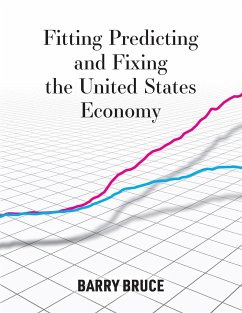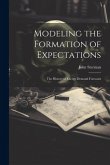This book presents a macroeconomic model of the United States Economy that is able to fit and predict the real economy of the United States. This model consists of six-coupled first-order differential equations and two algebraic coupling equations. Using the ability of the model to predict the United States Economy and the sovereign power of the government to create money, a sample policy is created that allows the government to fix the enormous debt problem for almost no cost. The United States Government was established to secure the rights of the People. One of these rights is the right to life. Therefore, it is the duty of the United States Government to set a minimum wage that is a livable wage. This wage can be set using one of the global properties of the real economy, the GDP per capita. Once set in terms of the GDP per capita, it would never need to be reset. In order that the output of the economy would allow at least a minimum wage for every worker, a maximum income would need to be set. The Constitution requires that the livable minimum wage and the maximum income be set in a manner that preserves the Constitutional principle that the People are all to be treated in the same way under governance. Equal treatment can be accomplished by utilizing the two direct taxes allowed by the Constitution: the income tax, and a uniform per capita tax. If we fix our debt problem and our wage problem, as described above, and if we properly regulate the Federal Reserve and the banking system, then we can fix our most pressing economic problems and keep them fixed. Anyone who has studied calculus through first-order differential equations and realizes that they can be numerically integrated should be able to completely understand the discussion. Because most of the analysis is based on over 200 graphs that appear in the text, anyone who has a firm grasp of second-year high school algebra and can interpret graphs should be able to obtain an excellent understanding of 80 to 90 percent of the discussion.








